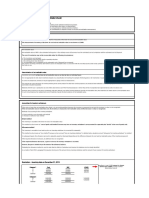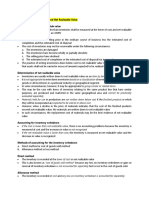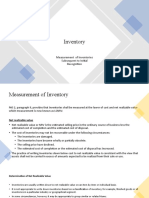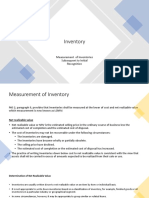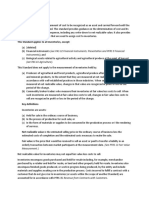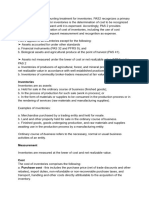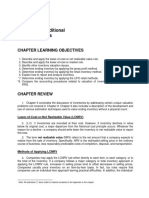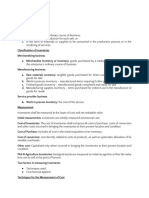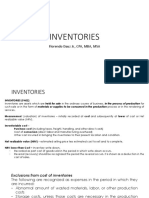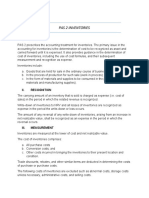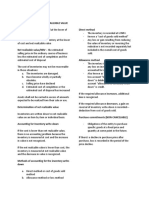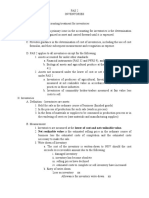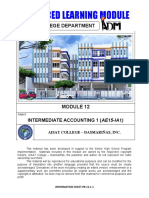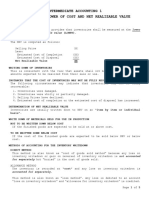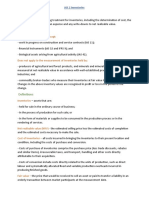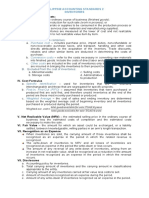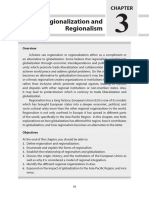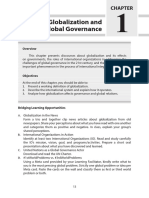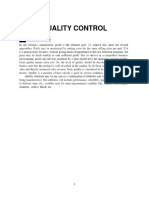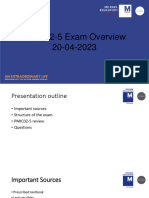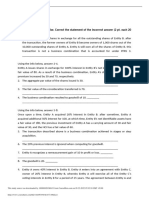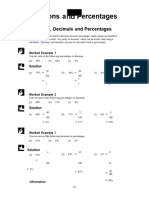0% found this document useful (0 votes)
156 views8 pagesPas 2
1) PAS 2 provides that inventories shall be measured at the lower of cost and net realizable value (LCNRV). Net realizable value is the estimated selling price less the estimated costs of completion and disposal.
2) Inventories may not be recoverable if they are damaged, obsolete, selling prices have declined, or estimated costs have increased. Under the LCNRV method, inventories are written down to net realizable value.
3) Two common methods for accounting for inventory writedowns are the direct method, where writedowns are included in cost of goods sold, and the allowance method, where a loss account tracks writedowns separately.
Uploaded by
Miya LaideCopyright
© © All Rights Reserved
We take content rights seriously. If you suspect this is your content, claim it here.
Available Formats
Download as PDF, TXT or read online on Scribd
0% found this document useful (0 votes)
156 views8 pagesPas 2
1) PAS 2 provides that inventories shall be measured at the lower of cost and net realizable value (LCNRV). Net realizable value is the estimated selling price less the estimated costs of completion and disposal.
2) Inventories may not be recoverable if they are damaged, obsolete, selling prices have declined, or estimated costs have increased. Under the LCNRV method, inventories are written down to net realizable value.
3) Two common methods for accounting for inventory writedowns are the direct method, where writedowns are included in cost of goods sold, and the allowance method, where a loss account tracks writedowns separately.
Uploaded by
Miya LaideCopyright
© © All Rights Reserved
We take content rights seriously. If you suspect this is your content, claim it here.
Available Formats
Download as PDF, TXT or read online on Scribd
/ 8
